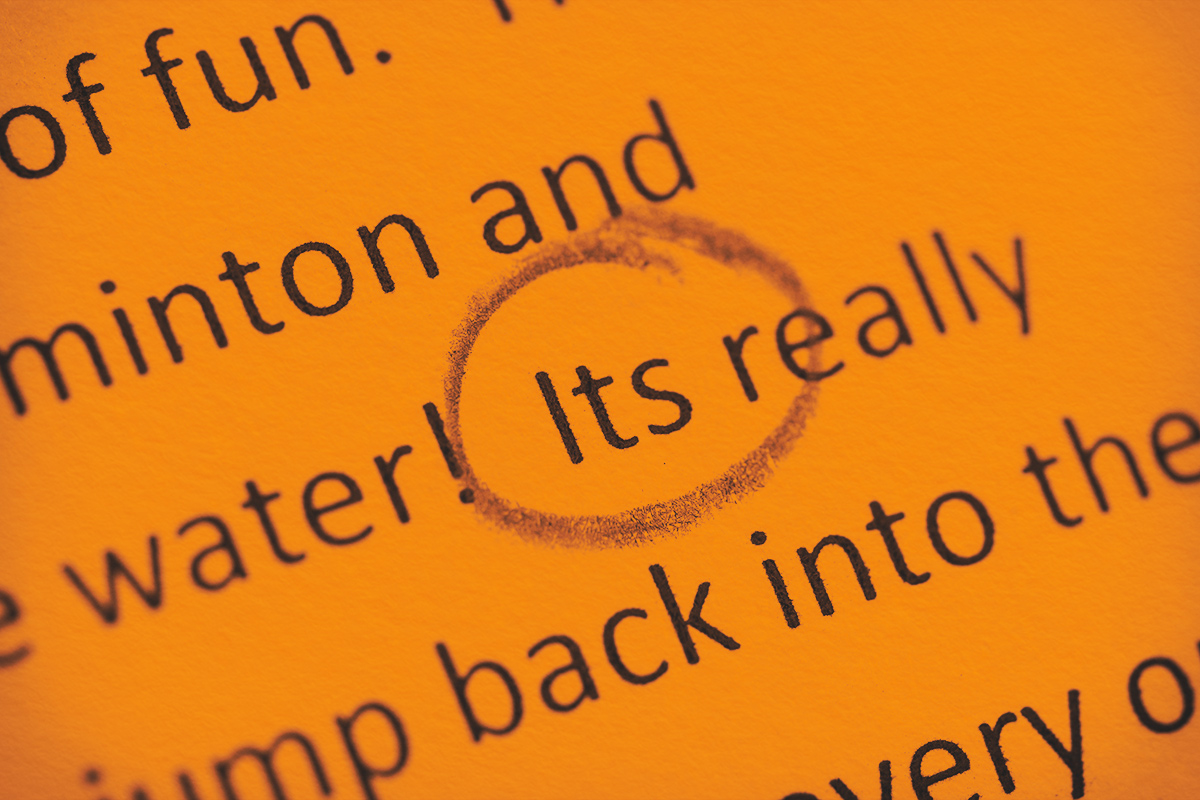
Double negatives have a reputation as grammatical villains that are to be avoided at all costs. But like most habits, everything has its time and place. Just ask the Rolling Stones. In their hit track “(I Can’t Get No) Satisfaction” (which reportedly came to Keith Richards in his sleep), the lyrics use a double negative to hit just the right rhythm. And the famous opening line from Pink Floyd — “We don’t need no education” — works because it goes against formal grammar rules.
Negative words are “no,” “not,” and contractions such as “can’t” and “don’t,” but the category also includes words such as “neither,” “hardly,” “nothing,” and “nobody,” as well as negative prefixes such as “un-” and “in-.” Pairing negative words is traditionally not allowed in the same sentence because when a double negative is used, they cancel each other out. However, as seen in the examples above, creative license allows for the literal meanings to be warped. But when else might double negatives be appropriate?
Double negatives are sometimes used for rhetorical effect, such as in the phrases “not uncommon,” “not inappropriate,” and “not unimportant.” Saying, “It’s not uncommon for the train to arrive late,” has a slightly different meaning than “It’s common for the train to arrive late.” The first suggests it happens occasionally, while the latter conveys a more frequent occurrence. This tool allows writers to subtly express an affirmative by using a negative of the contrary (a rhetorical device called “litotes“).
So, while double negatives can be automatic grammar faux pas (“I don’t want no broccoli”), there is nuance to this grammatical tool. They can provide lyrical flow, soften absolutes, and add complexity and nuance to statements. In these cases, double negatives don’t confuse or cancel out the intended meaning; they refine it.

















